Ruby Ridge siege, 25 years later, a 'rallying cry' for today's white nationalists
The 25th anniversary of a deadly standoff is Monday, Aug. 21.
— -- Public protests by self-declared white supremacists. Criticism of how police handled a violent standoff. Three deaths.
These events recall last week’s outbursts in Charlottesville, Virginia, but actually describe a 25-year-old incident in a forested region of northern Idaho, about 40 miles south of the Canadian border.
That 11-day standoff starting Aug. 21, 1992, between federal agents and a heavily armed family at Ruby Ridge laid the groundwork for today’s anti-government sentiment and white supremacy movement displayed for all to see in Charlottesville, according to one expert.
“I think of it [Ruby Ridge] as the precursor for the last couple, three decades of extremism because it combined two things: white supremacy and rage against the government, and that is exactly the same two movements on the far right that has animated extremism on the far right up until today,” said Heidi Beirich, the director of the Intelligence Project at the Southern Poverty Law Center (SPLC), a legal advocacy organization that monitors such extremist groups.
“Ruby Ridge is the beginning of all this. The right-wing media starts in the era after this ... all of this builds out of the rage that was symbolized with this event,” she told ABC News.
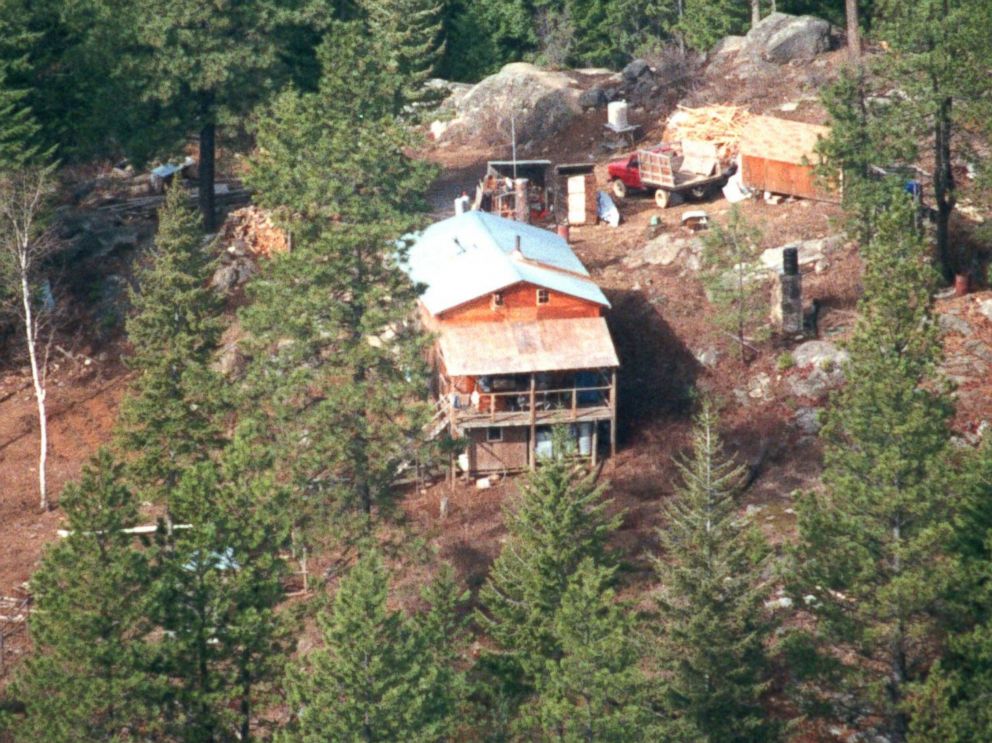
Despite Beirich’s tracing the movement from Ruby Ridge to the present, the 1992 standoff is unique in many ways, as this look back shows:
The making of a suspect
The cabin at the top of Ruby Ridge was home to the Weaver family, built by Randy and Vicki Weaver when they relocated their family from Iowa to Idaho.
"[Randy Weaver] really was an apocalyptic living on a mountain top with his family,” said Jess Walter, a reporter who covered the standoff at the time and went on to write a book about it.
His book became a made-for-TV movie four years after the event, with Laura Dern starring as Vicki Weaver and a young Kirsten Dunst as daughter Sara Weaver.
In the years before the legal troubles that led to the fatal standoff, the Weaver family spent time on a nearby compound that belonged to the Aryan Nations, a white supremacist group.
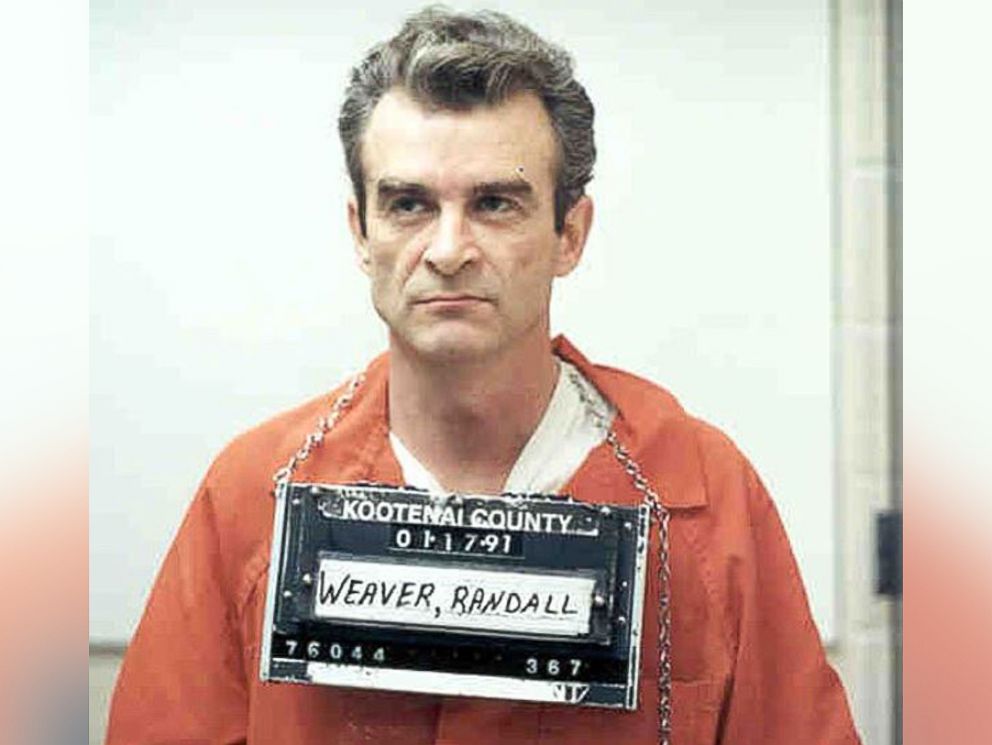
The family said their time spent at the Aryan Nations compound was “for social reasons, they were looking for people to hang out with,” Walter explained. No one from the Weaver family formally became a member of the group, he added, “even though they espoused similar belief systems.”
White supremacist ideologies espouse what they call the inferiority of nonwhite races, according to the SPLC.
Randy Weaver was known to wear shirts that said, “Just Say No to ZOG,” referencing a hate slogan for Zionist Organized Government, and his son, Samuel, reportedly wore a swastika armband.
“They had all the trappings; they just didn’t join the group,” Walter said.
While there, at some point in 1989, a confidential informant for the U.S. Bureau of Alcohol, Tobacco and Firearms struck up a relationship with Weaver and, in a move that was later dismissed as entrapment, advised and persuaded Weaver to saw off the tops of shotguns, breaking federal law.
ATF agents used the charges to approach Weaver about becoming an informant himself, but he refused.
Weaver was arrested for sawing off the shotguns in January 1991 after ATF agents pretended they were having car trouble and Weaver and his wife stopped to help. Weaver later failed to appear in court and a bench warrant was issued.
Months of attempts by the U.S. Marshals Service to get Weaver to surrender peacefully went by, leading the government to install surveillance cameras on his property. On Aug. 21, 1992, a crew of six marshals went to surveil the property in person.
What happened on a hilltop in Idaho
The Weaver’s dog alerted the family of the marshals’ presence and Randy Weaver, son Sammy, 14, and their family friend Kevin Harris went to investigate, bringing weapons with them. A firefight ensued after one of the marshals fatally shot the dog.
The two sides exchanged gunfire and, afterwards, Sammy and Deputy U.S. Marshal Bill Degan lay dead.
In a subsequent report from the Ruby Ridge Task Force created by the Department of Justice, officials noted that they were "unable to determine conclusively who fired the first shot during the exchange of gunfire."
The next day, as Randy Weaver, his daughter Sara and Harris were going to visit the body of Sammy Weaver, which family members had moved to a nearby shed, an FBI sniper shot Randy Weaver in the armpit. As the three ran back into the house, the sniper fired a second shot that hit Harris in the chest and went through the door and fatally struck Vicki Weaver, who was standing behind the door while holding the family’s infant daughter.
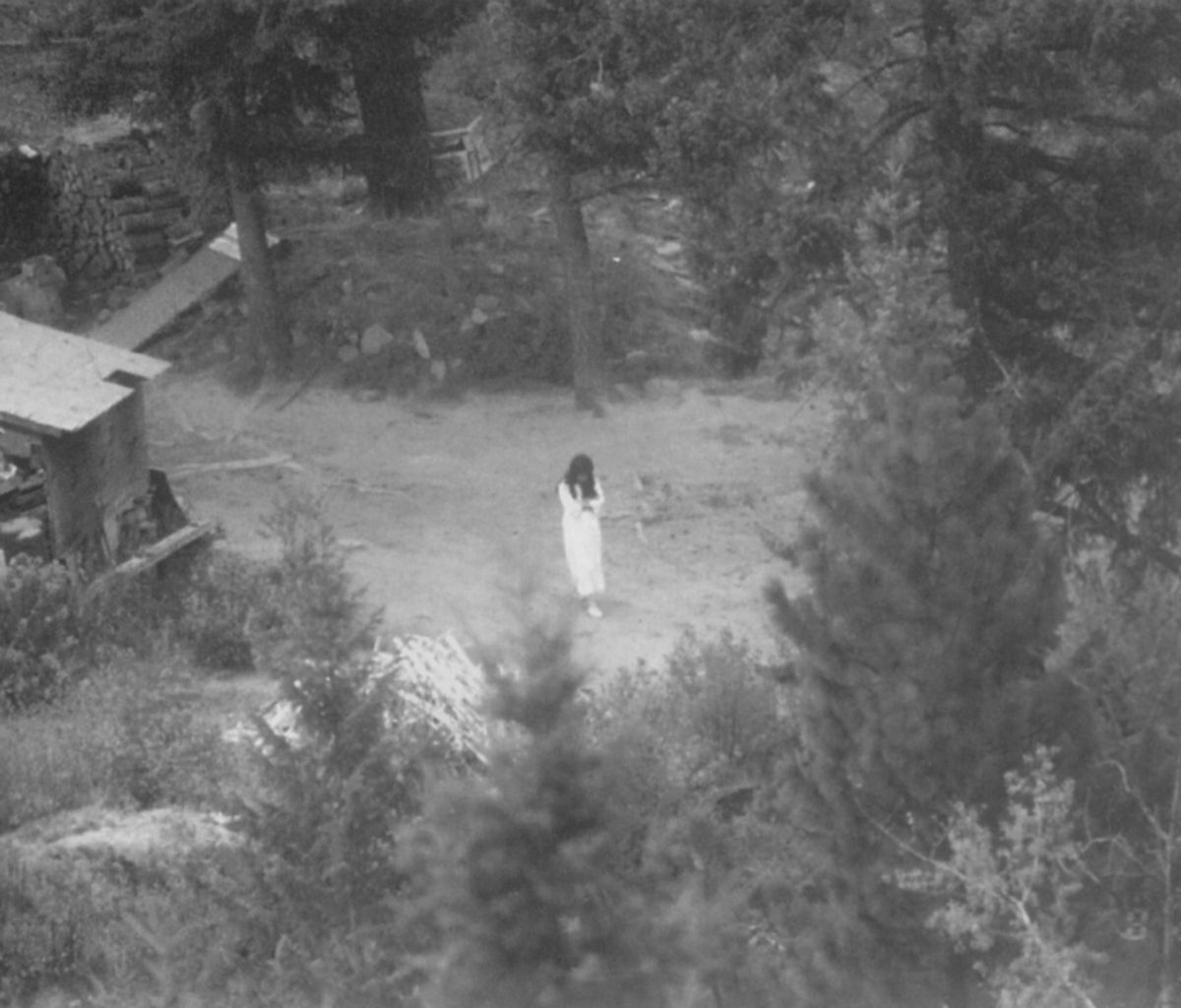
As the fatal drama played out for days up at the cabin, all public updates came through FBI officials who kept reporters and the public at a checkpoint about a mile and a half from the scene. All told, writer Walter estimates, more than 200 members of federal, state and local law enforcement were involved in the standoff.
“There were two standoffs. There was one at the cabin and there was one down at the roadblock where the protesters had gathered,” Walter said of a mix of people that included locals and outsiders who had traveled to the remote spot in Idaho to show their support of the Weavers or condemn the government.
The updates from the FBI were not always accurate, as they did not initially have - and therefore did not disclose - correct information. For instance, Vicki Weaver was fatally shot on the second day of the standoff, which wasn’t publicly disclosed until day nine.
“The whole roadblock felt like dried kindling,” Walter said. “It would just take one lightning strike and this could really get worse.”
“The most terrifying night was when they announced that Vicki Weaver had been killed.”
“Angry self-described patriots would run up to the roadblock and they'd scream things like, ‘This means war’ and ‘Baby killer,’” Walter said, though no babies died in the standoff.
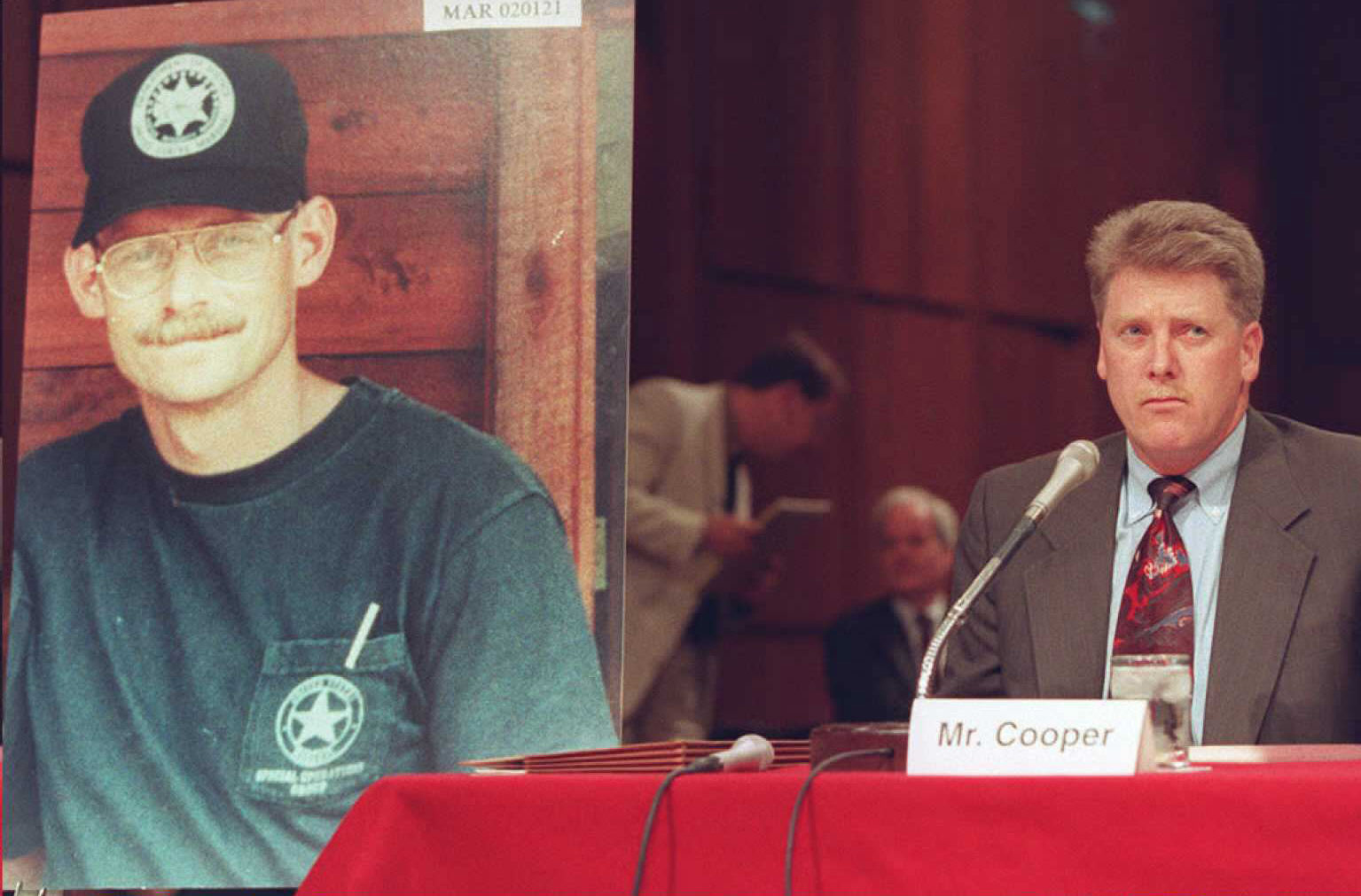
A civilian negotiator became involved and coordinated communications between the Weavers and federal authorities. The negotiator helped arrange for Harris to be brought out of the cabin on a stretcher so that he could be treated for his injuries. On Aug. 31, the day after Harris was removed, Weaver surrendered.
Randy Weaver and Harris were arrested on numerous charges, though Weaver was later acquitted of all charges except for the original charge of missing his court date. Harris was also acquitted of charges related to the death of the marshal, and a later murder charge in connection to the marshal’s death was dismissed in 1997 on the grounds of double-jeopardy.
In 1995, the Weaver family received an out-of-court settlement from the federal government in a wrongful death suit. Randy Weaver received $100,000 and his three daughters received $1 million each. The government did not admit any wrongdoing in the deaths of Vicki and Sammy Weaver.
Investigations by the Department of Justice and the FBI followed for years after the standoff, and Ruby Ridge was the subject of a 1995 hearing held by the Senate Judiciary Committee that focused on FBI actions at the scene and the agency’s handling of the subsequent investigations.
Sara Weaver, who is the only Weaver child who has previously spoken to the media about the incident, declined to be interviewed for this story and ABC News has been unable to reach Harris and Randy Weaver.
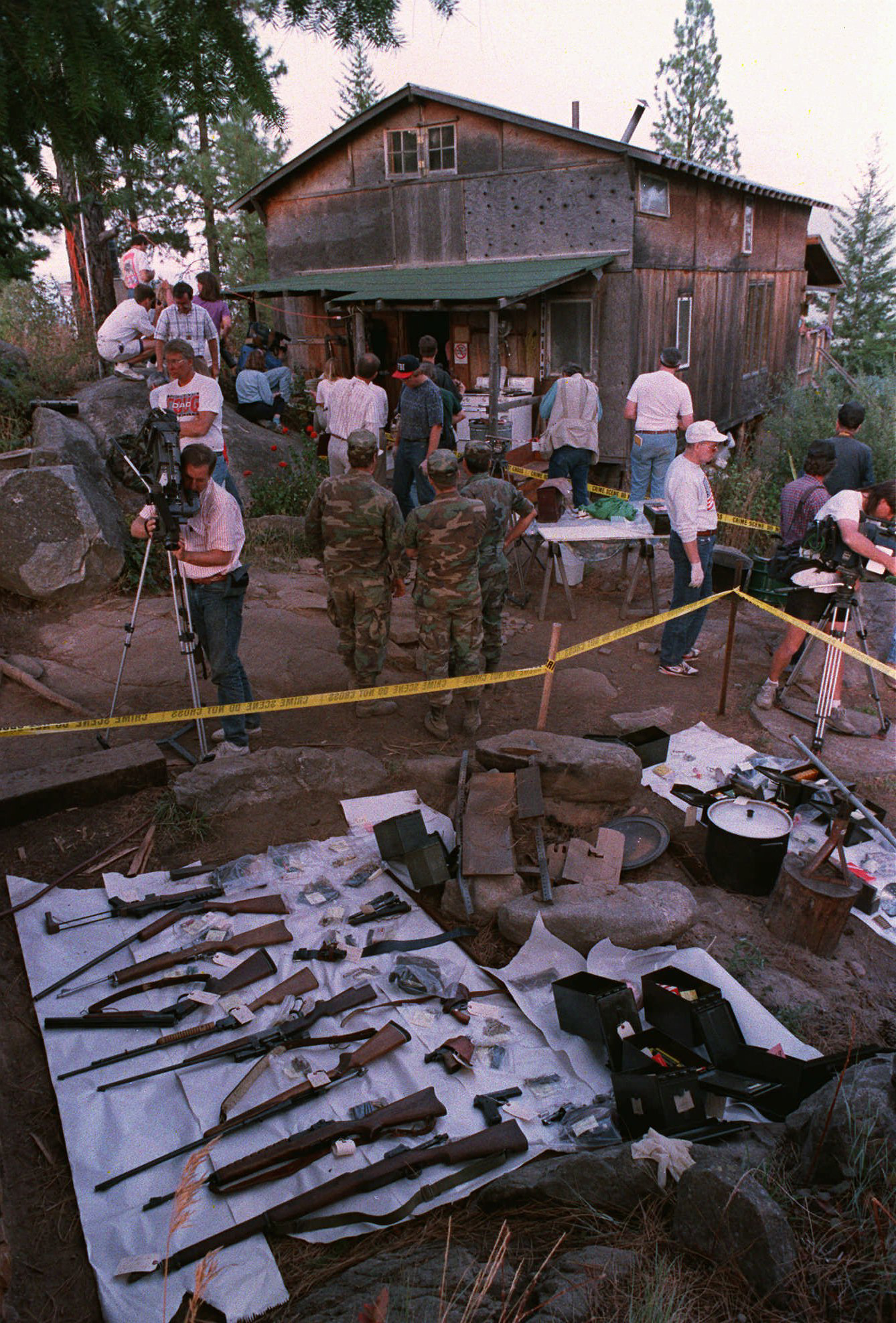
In the shadows of the standoff
The standoff at Ruby Ridge was not the only flashpoint between disaffected Americans and government officials around that time.
The deadly FBI siege in Waco, Texas, began in February 1993, about five months after the standoff at Ruby Ridge, and the bombing of an FBI office building in Oklahoma City occurred in April 1995.
Beirich, of the Southern Poverty Law Center, called the three incidents a “pattern” of “the same kind of events,” while Walter recalled that Waco and Oklahoma City rekindled interest in Ruby Ridge.
ABC News political commentator Cokie Roberts noted, “The overreaction of the government, and in the end, the deaths of three people and a dog [at Ruby Ridge], convinced people who hated the government that they were right. So it just played into that whole paranoid view and then when Waco was added on, [it] spawned a whole new society of anti-government groups.”
“I think the FBI learned a great deal from it,” Roberts said, noting that the reviews and investigations of the incident likely led to the FBI and other law enforcement agencies’ realizing “how not to do that again.”
The FBI field office that covers Idaho did not immediately return ABC News’ request for comment.
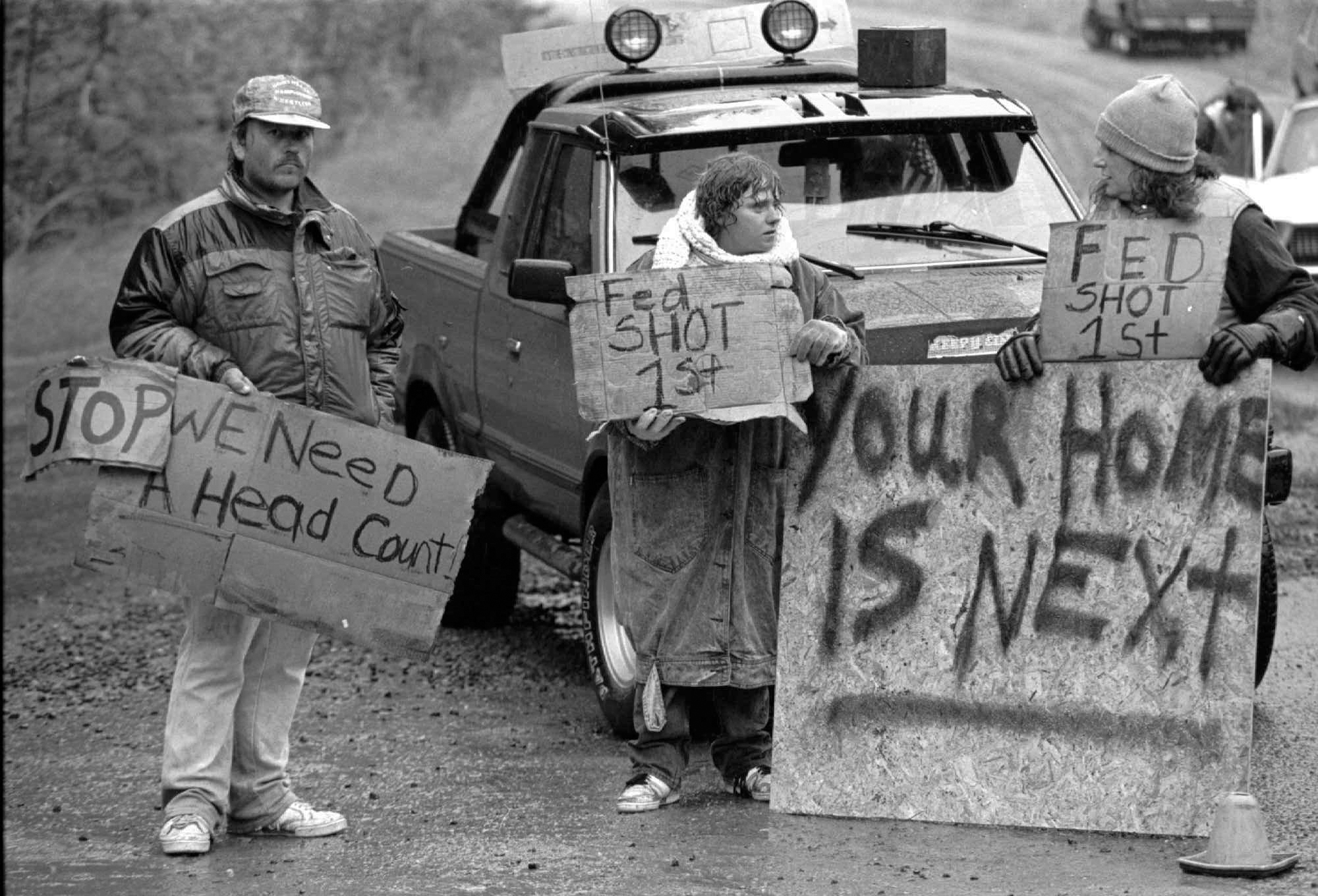
Reverberations of Ruby Ridge today
In the end, Walter told ABC News, “The fallout from Ruby Ridge was [that it] sort of mainstreamed some of those really right-wing conspiratorial beliefs and, in many ways, when you have conspiracy buffs saying the government’s out to kill you, and then a case like that happens, it just continues to reverberate and echo.”
One of the best-known, self-declared members of the so-called alt-right told ABC News that Ruby Ridge was a "particularly stunning example" of federal government overreach.
Jared Taylor, the editor of the American Renaissance magazine and leader of the associated group that he has described as a white advocacy organization, told ABC News that Ruby Ridge was "an outrage" and he instantly recalled specific details about the standoff, including the name of the FBI sharpshooter who killed Vicki Weaver.
The standoff "was an extraordinary example -- just like the Waco attack on the Branch Davidian -- of overweaning federal power,” he said. “This is something that many Americans, I think, legitimately fear.”
"Americans have short historical memories... but this was something that was so outrageous that in certain circles it has real notoriety," Taylor said, noting that the groups in question are likely those who "have a general distrust of government."
Taylor, who is a white nationalist and believes white identity is under attack, did not recall any Neo-Nazi protesters assembling at the roadblock in support of the Weavers, but he thinks that the issues connected to Ruby Ridge are not solely of interest to members of his ideology.
"Yes, I am a racial dissident, and because the federal government is very much in the business of making decisions that are objectively not in the interest of white [people], I am suspicious of that power but I want to make it very clear that it is not only people like myself that share that suspicion," Taylor told ABC News.
Walter, the reporter, said that while “the radical right-wing becomes mainstreamed every once in a while, and never more than now,” he doubts that the 2016 campaign, election or the administration of President Donald Trump “mainstreamed those beliefs, so much as those beliefs are always out there.”
Beirich partly disagrees, telling ABC that “these ideas -- whether they're the anti-government ideas or the racial ideas -- were pretty much kept to the margins of American politics ... until recently.”
There’s been “a slow march through the institutions of the right-wing through the ‘90s, the first decades of the 2000s,” Beirich said, but it has reached a new point in the past two years, when there was a presidential candidate “who was openly racist, openly anti-Muslim, openly anti-immigration, openly anti-U.N., openly anti-globalization.”
“Those are all of the ideas from the extreme right and they finally made it into the mainstream,” she said.
When asked whether she expects that some people might celebrate or commemorate Monday’s 25th anniversary of the beginning of the standoff, Beirich said, “I’m sure they will.”
“These people have been talking about Ruby Ridge the whole way through,” she added.



